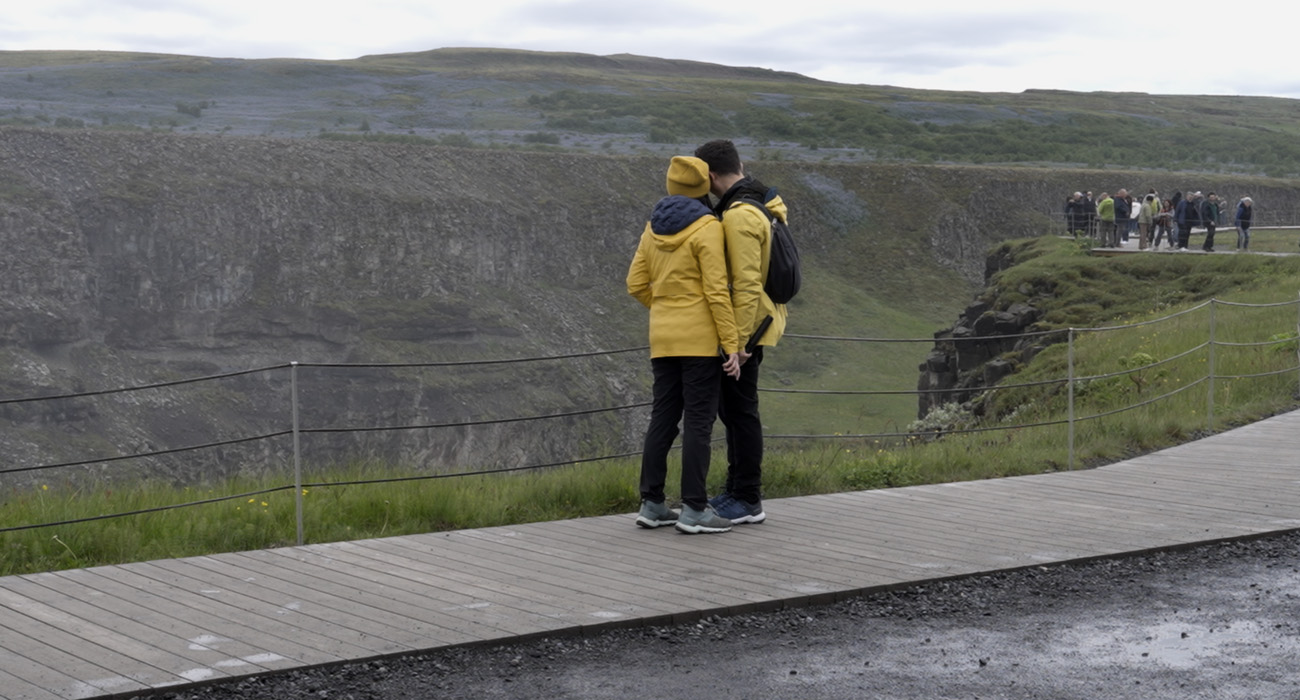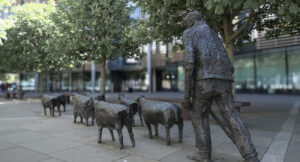Photographing people respectfully while traveling is not just an ethical responsibility—it’s also essential for creating authentic, meaningful images that truly tell a story. Whether you’re capturing portraits in a Moroccan souk, documenting daily life in a remote Andean village, or snapping a candid in Tokyo, knowing how to photograph people respectfully can build trust, elevate your work, and set you apart as a thoughtful visual storyteller.
Why Respect Matters in Travel Photography
As travel photographers, we are guests in someone else’s space. A camera can either build connection—or break it. Respect ensures that the people we photograph are portrayed with dignity and truth. It also fosters moments of real interaction, which often lead to better, more powerful photographs.
1. Always Ask for Permission (Verbally or Non-Verbally)
Whenever possible, seek consent before taking someone’s photo. A smile and a gesture toward your camera can go a long way, especially where there’s a language barrier. If someone shakes their head or turns away—respect that fully.
Pro Tip:
In many cultures, direct eye contact and body language speak louder than words. Learn basic phrases like “May I take your photo?” in the local language before arriving.
2. Build a Relationship First
Rather than leading with your lens, engage in conversation. Buy something from a street vendor, share a laugh, or simply be present before snapping a photo. This builds mutual respect and opens the door for genuine portraits.
3. Avoid Photographing People in Vulnerable Situations
Resist the urge to capture images that objectify or exploit. This includes people in distress, poverty, illness, or religious devotion. Ask yourself: Would I be comfortable being photographed like this?
4. Be Transparent About Intent
If you plan to publish the image or use it for commercial purposes, be clear. Consider carrying model release forms if you’re a professional. For non-commercial work, a verbal agreement and ethical judgment are key.
5. Show the Image and Say Thank You
A simple act of showing someone their photo can be powerful—it closes the loop. It also gives them a chance to ask for it to be deleted, which you should always honor.
6. Think Beyond the Shot: Tell Their Story
Travel photography is not just about visuals—it’s about storytelling. Take notes, learn names, and understand context. Your image captions and blog content should reflect the human depth behind the face.
7. Study Local Customs and Cultural Norms
What’s acceptable in one culture may be deeply offensive in another. Do your research. In some countries, photographing women or religious ceremonies is strictly prohibited. In others, it may be welcomed with open arms—if approached respectfully.
Conclusion: Respect Makes Better Photography
To photograph people respectfully while traveling isn’t just a moral decision—it’s a creative one. The most memorable portraits come from real human connection. And in the age of fast content and shallow imagery, respectful photography stands out. Next time you’re in the field, remember: slow down, look people in the eye, and honor the privilege of telling someone’s story through your lens.
External Links
| Post Section | Thema | External Article |
| Ethics & etiquette intro | How to Photograph People When You Travel (Without Being Disrespectful) | AFAR |
| Asking permission & communication | Photographing Strangers | National Geographic |
| Building trust and positive approach | Photographing People When You Travel | National Geographic |
| Technical tips & composition | Travel photography: how to photograph people | Lonely Planet |
| Practical, responsibly-how-to tips | An expert’s guide to responsible travel photography | Adventure.com |




